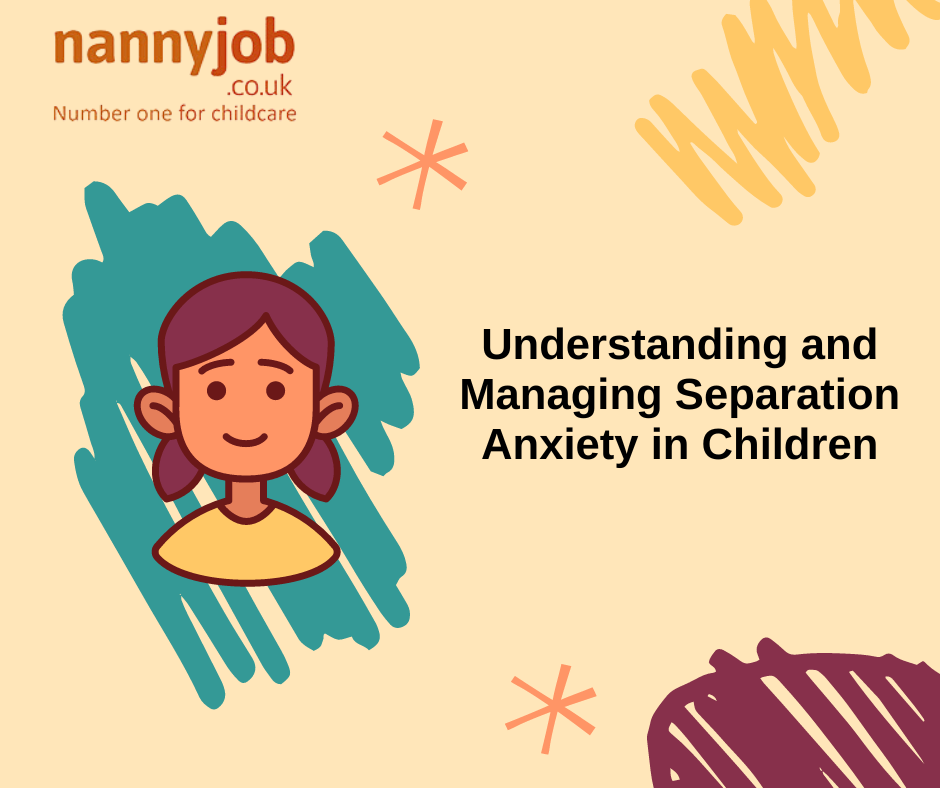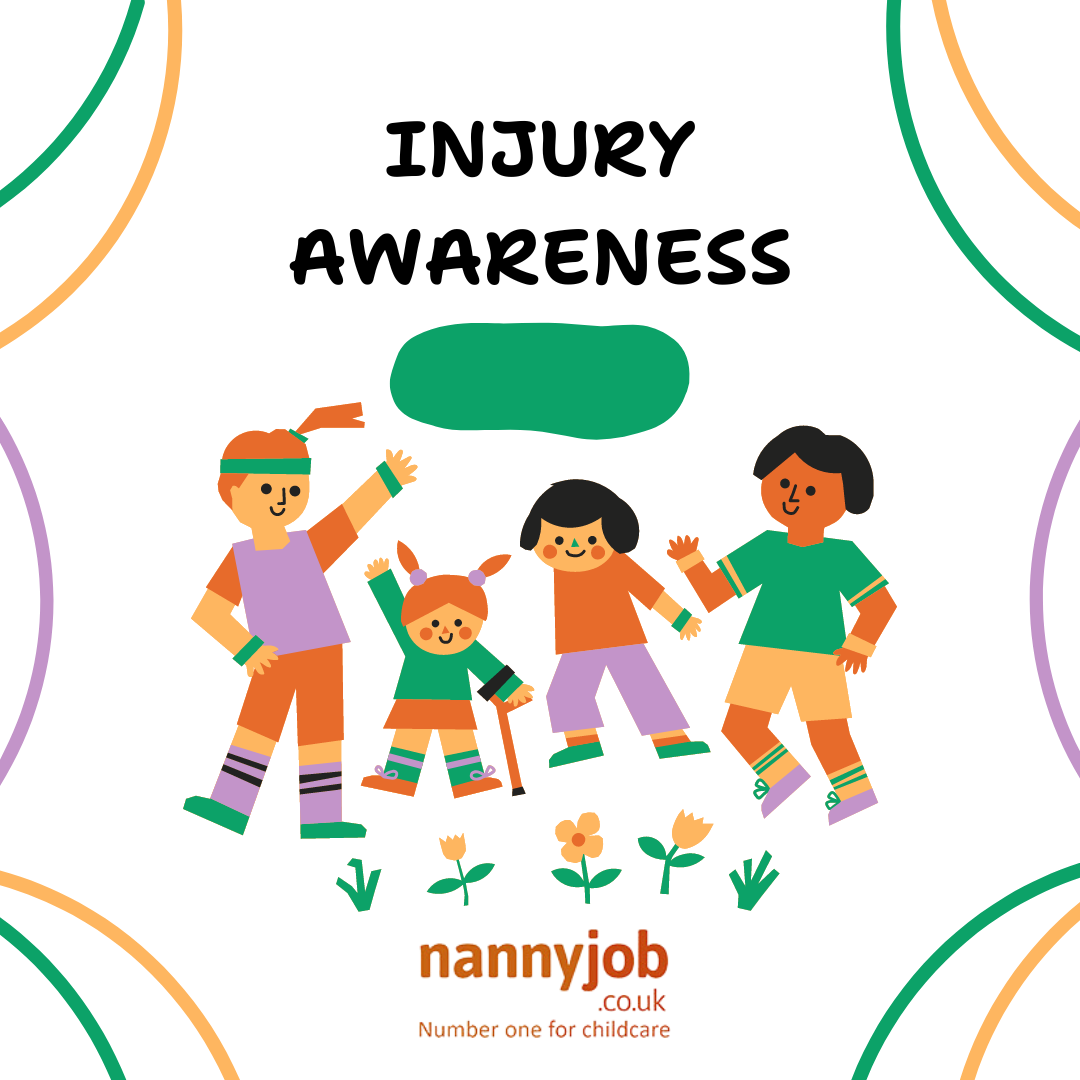Introduction
Day trips with kids can be an exciting adventure, but they also require careful planning and preparation to ensure everyone has a great time. Whether you’re heading to the beach, a theme park, or a nature reserve, having the right essentials packed can make all the difference. Here are some top tips for packing essentials for day trips, ensuring you’re well-prepared for a fun and stress-free outing.
1. Plan Ahead
Before you start packing, plan your day trip itinerary. Knowing where you’re going, the activities you’ll be doing, and the duration of your trip will help you pack more efficiently. Check the weather forecast and any specific requirements for your destination, such as dress codes or restrictions on certain items.
2. Pack a Versatile Bag
Choose a sturdy and spacious bag that’s easy to carry, like a backpack or a large tote. Make sure it has multiple compartments to keep things organised. A waterproof or water-resistant bag can be especially useful for trips to the beach or places where you might get wet.
3. Bring Plenty of Snacks and Drinks
Kids get hungry and thirsty frequently, so pack a variety of healthy snacks and plenty of water. Consider packing:
- Fresh fruits and vegetables
- Sandwiches or wraps
- Granola bars or energy bars
- Nuts and seeds
- Water bottles (preferably reusable ones)
Remember to include a cooler or insulated bag to keep perishable items fresh.
4. Don’t Forget Sunscreen and Hats
Protecting your kids from the sun is crucial. Pack a broad-spectrum sunscreen with an SPF of at least 30 and apply it generously throughout the day. Hats and sunglasses are also essential for keeping the sun off their faces and eyes.
5. Include First Aid Supplies
Accidents can happen, so it’s best to be prepared with a basic first aid kit. Include items like:
- Band-aids and adhesive bandages
- Antiseptic wipes
- Pain relievers (appropriate for kids)
- Insect repellent
- Anti-itch cream
- Any prescription medications your child may need
6. Pack Extra Clothing
Children can get messy, so pack extra clothing, including:
- An extra set of clothes
- Swimsuits and towels if you’re going to a water destination
- Lightweight jackets or sweaters for unexpected weather changes
7. Entertainment and Comfort Items
Keep the kids entertained and comfortable during the trip by packing:
- Favorite toys or stuffed animals
- Books or coloring supplies
- Travel games or puzzles
- Blankets or comfort items for naps
8. Hygiene Essentials
Maintaining hygiene on the go is important. Pack items such as:
- Wet wipes or hand sanitizers
- Tissues
- Disposable bags for trash or soiled items
- Portable potty or toilet seat covers if you’re visiting places with limited facilities
9. Tech and Accessories
If you plan to use your phone for navigation, pictures, or entertainment, don’t forget:
- Portable chargers or power banks
- Extra batteries for cameras or other devices
- Headphones for listening to music or watching videos
10. Important Documents and Money
Always carry essential documents and money securely:
- Identification cards
- Health insurance cards
- Emergency contact information
- Cash and credit/debit cards
Conclusion
Packing for a day trip with kids requires a bit of foresight and organization, but it’s well worth the effort to ensure a smooth and enjoyable outing. By following these tips and packing the essentials, you can focus on making memories and having fun with your family.










